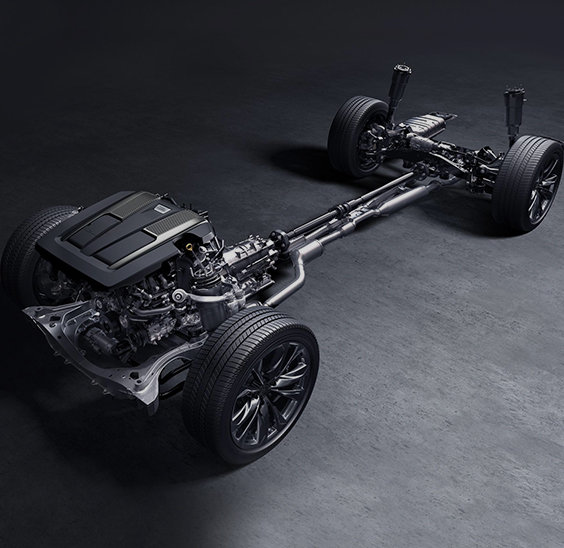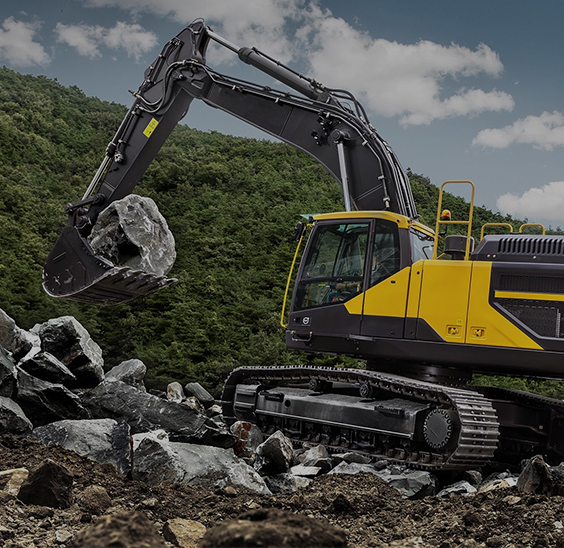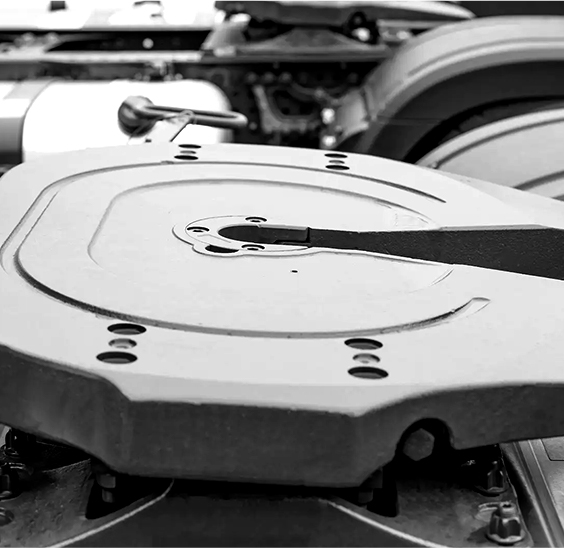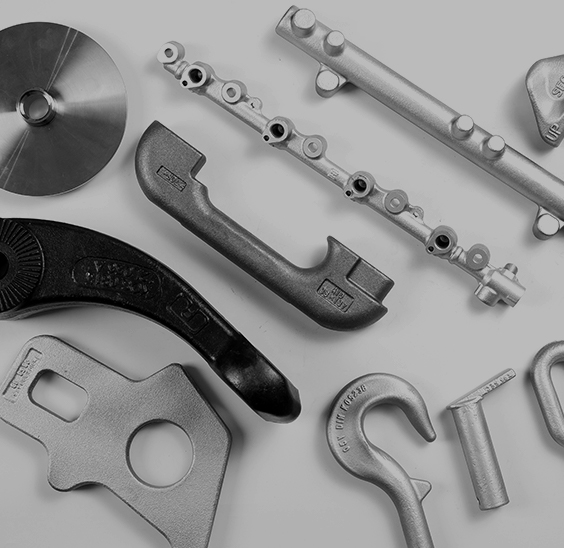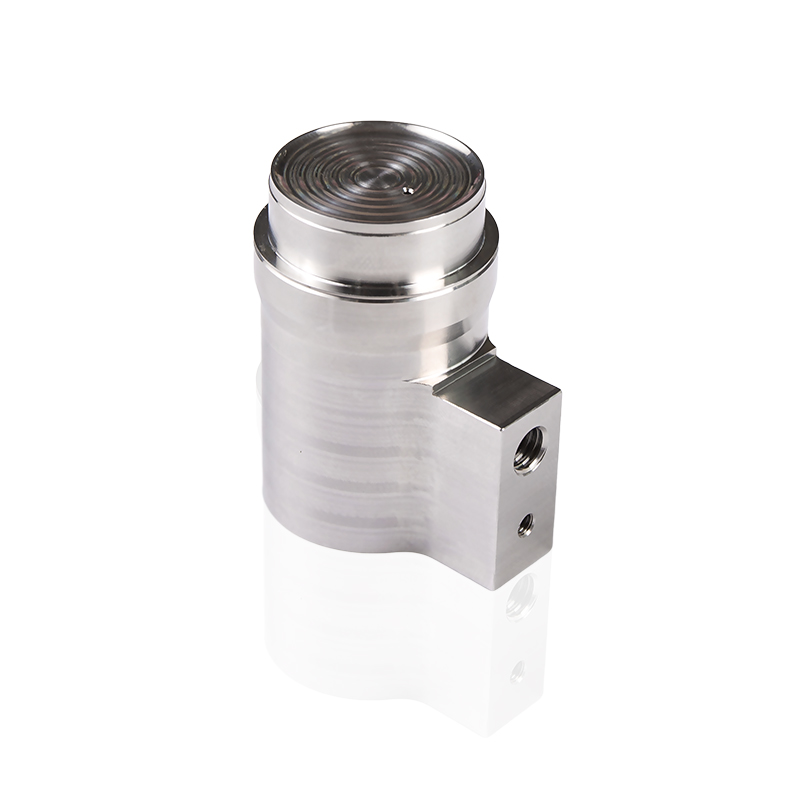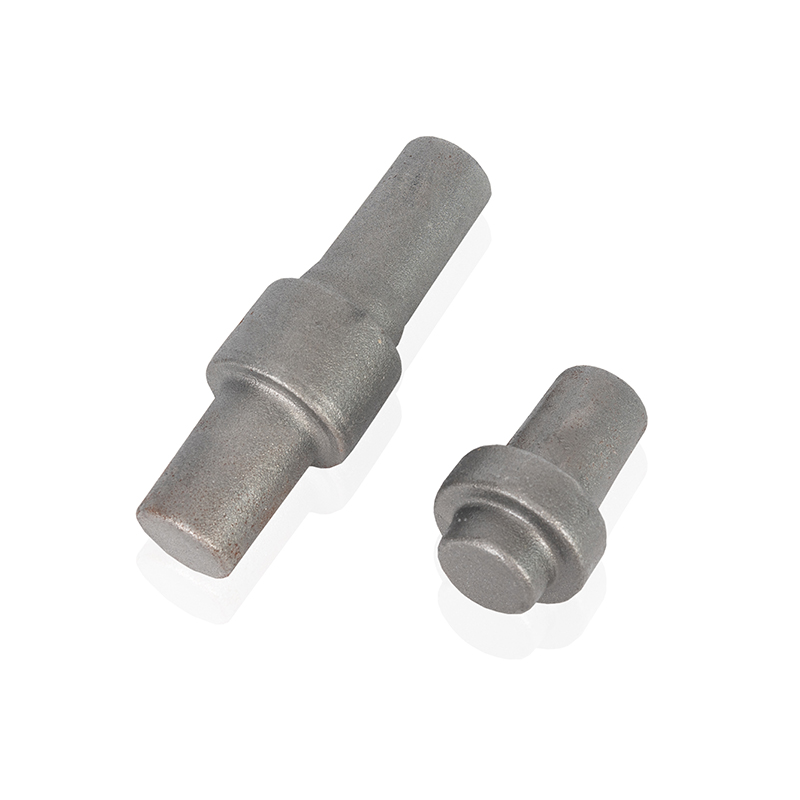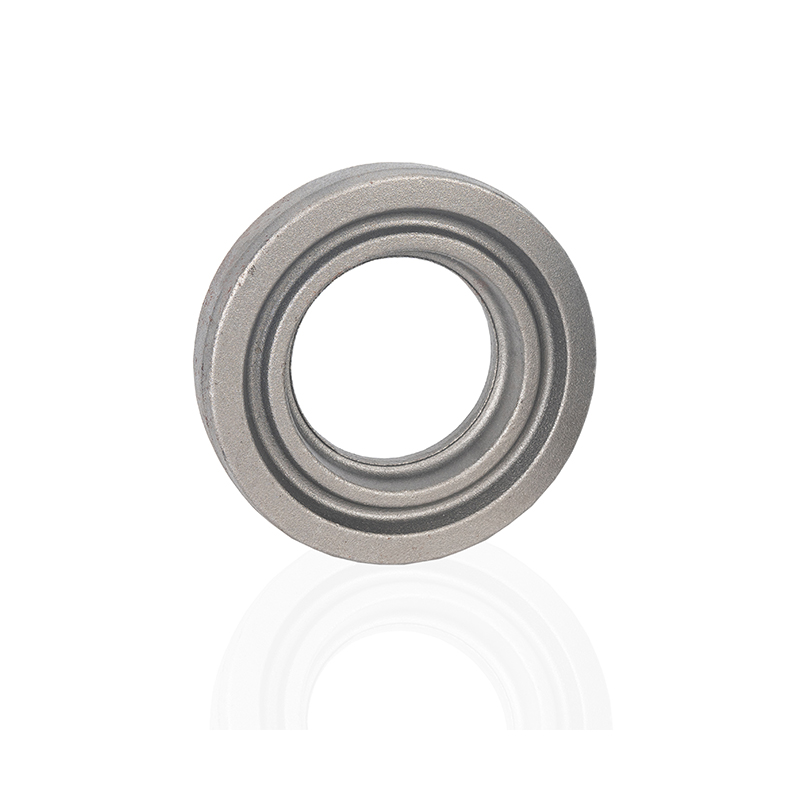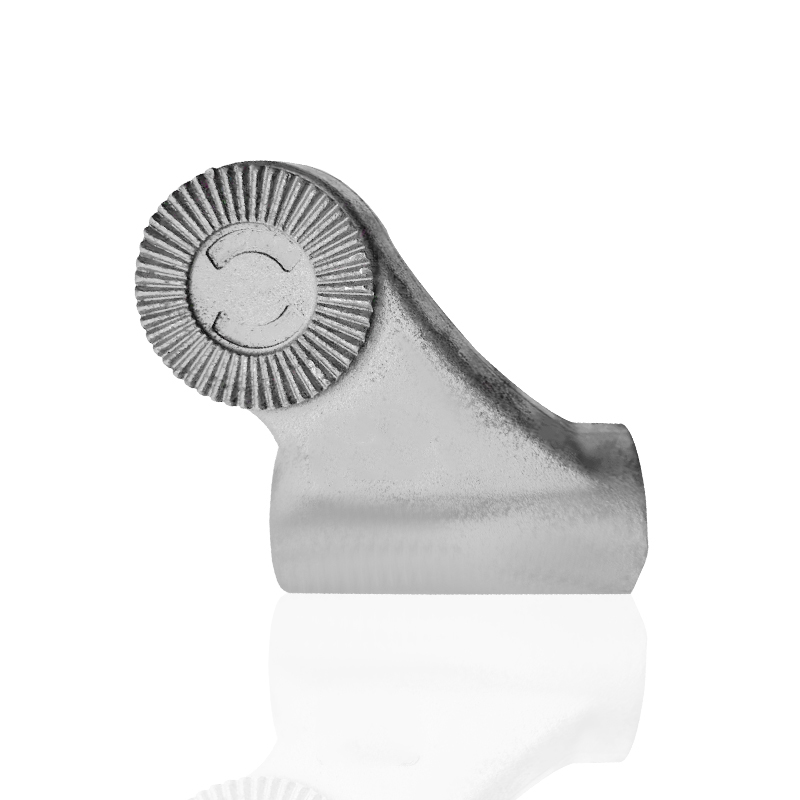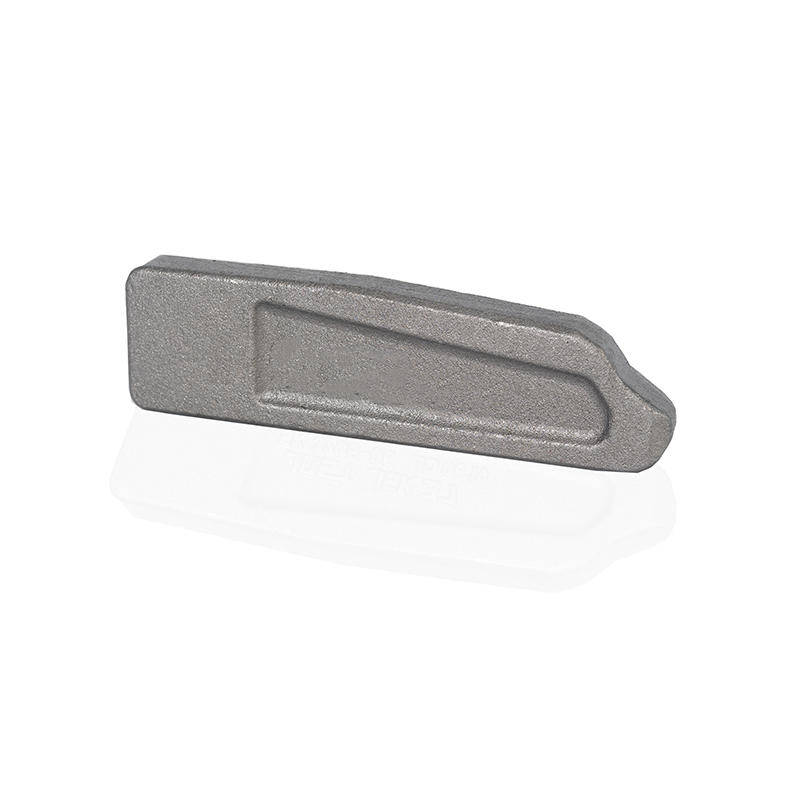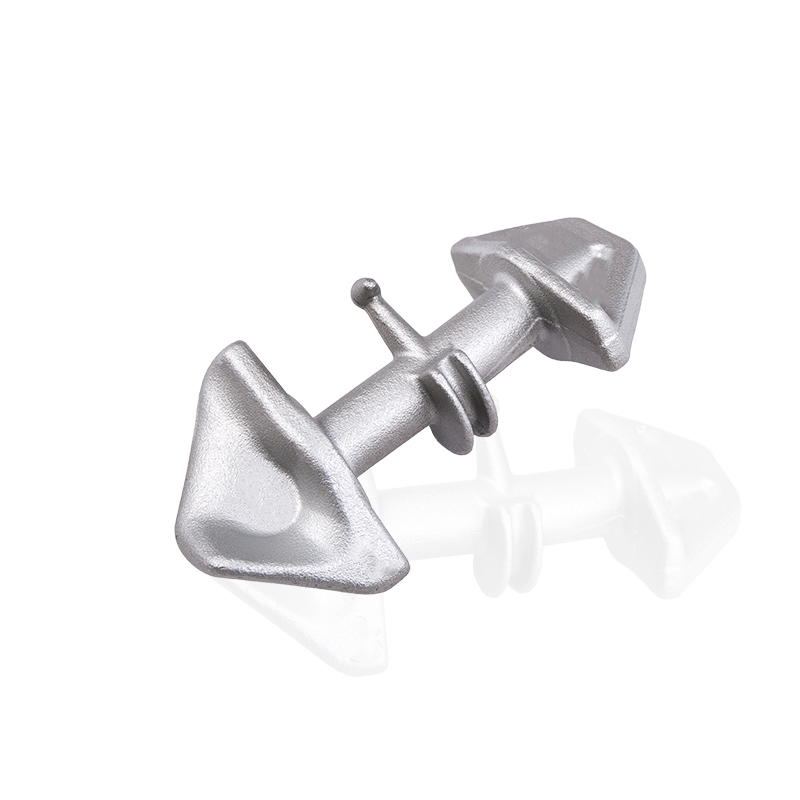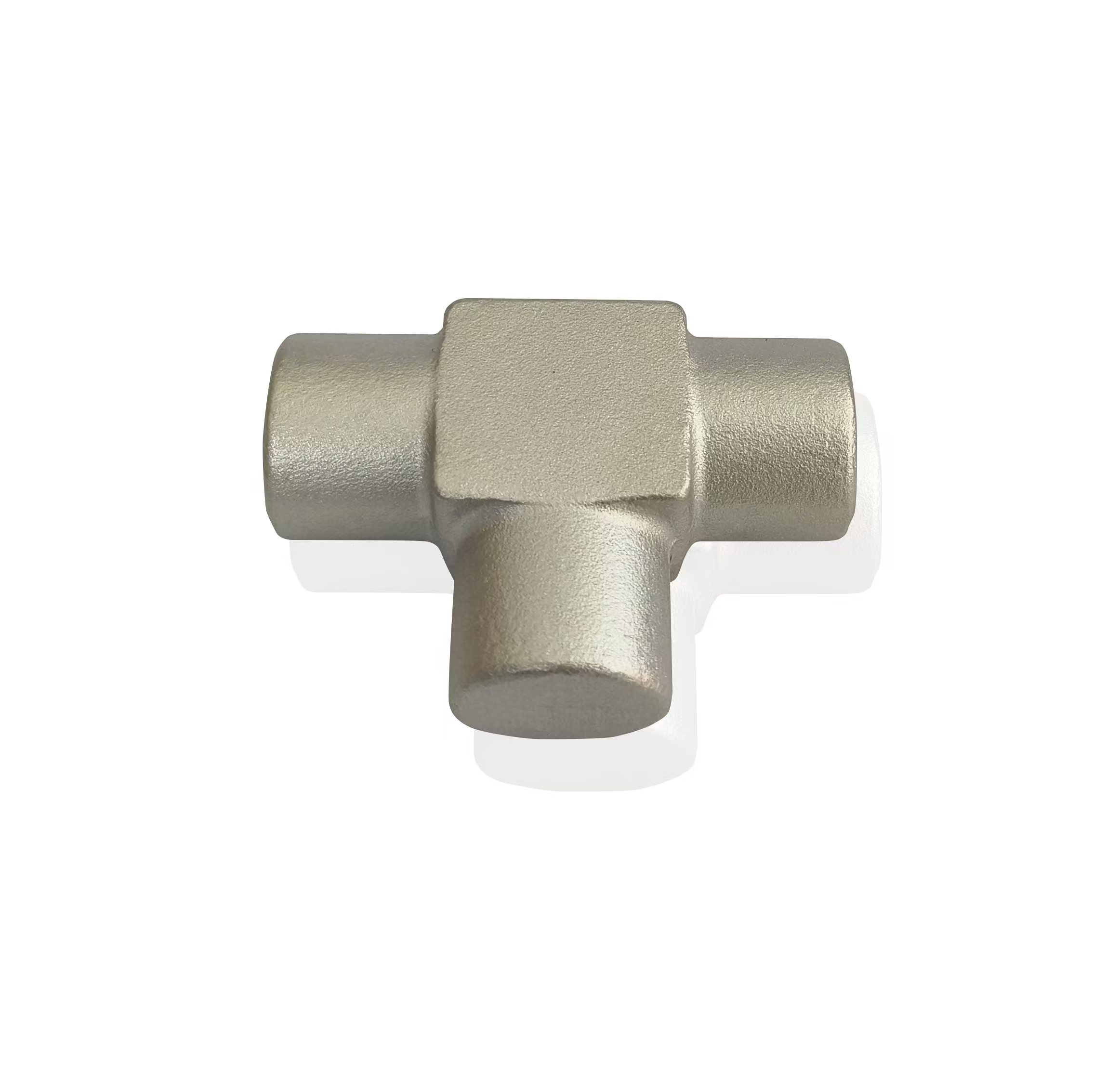Fifth Wheels Buying, Towing & Maintenance Guide
 2025.11.07
2025.11.07
 Industry news
Industry news
What a Fifth Wheel Is and Why Choose One
A fifth wheel is a trailer that connects to a pickup truck via a specialized hitch mounted in the truck bed. Compared with travel trailers, fifth wheels usually offer larger, multi-level floorplans, higher interior ceilings and superior weight distribution for comfortable long-term travel or full-time living. Choose a fifth wheel when you want more living space, better ride stability for long hauls, and the convenience of a truck-tow setup that frees your tow vehicle for local driving once camp is set up.
Buying Checklist — What to Verify Before You Purchase
Before you sign anything, run through a hands-on checklist that covers towing compatibility, construction, systems, and real-world livability. Below are the most important items to confirm in person or via a detailed seller walk-through.
- Towing compatibility — match your truck's GVWR, GCWR and payload capacity to the fifth wheel's gross vehicle weight rating (GVWR) and pin weight. Never approximate — get the exact numbers from your truck plate and the trailer's spec sheet.
- Frame and construction — inspect the main frame rails, crossmembers and the kingpin area for rust, cracks or repairs. A solid frame reduces long-term repair costs.
- Roof and seals — check for soft spots, irregular seams or signs of previous patching. Water intrusion is the most common, expensive problem on used RVs.
- Slide-out function — operate every slide multiple times; listen for grinding, check seals, and feel for smooth motion.
- Appliances and systems — test the furnace, AC, water heater (gas and electric), fridge (absorption and/or 12V/120V), and water pump. Confirm battery health and converter operation.
- Tires and axles — check tire age (DOT code), tread, sidewall damage and axle bearing play. Replace tires older than 6 years as a precaution.
Towing Basics and Weight Calculations
Correct weight calculations keep you safe and legal. You need three numbers from both truck and trailer: the truck's payload capacity and GVWR/GCVWR (as applicable), and the trailer's unloaded vehicle weight (UVW), GVWR and pin weight. Learn how these values interact and how to measure actual on-the-ground weights.
Key definitions
GVWR — maximum loaded weight the trailer is rated to carry. UVW — the trailer's empty weight. Pin weight — the portion of trailer weight transferred to the truck's bed and hitch. Payload — what your truck can carry after accounting for passengers, fuel and any bed-mounted loads.
How to verify in practice
Weigh the truck (with fuel, passengers and any bed gear) and the trailer on certified scales at a truck scale. Calculate combined weight and compare to your truck's GCWR and the trailer's GVWR. If pin weight exceeds your truck's payload rating, the setup is unsafe — consider a lighter trailer or a different truck.
Hitch Types, Installation and Truck Bed Prep
Fifth wheels require a kingpin-and-plate hitch mounted in the truck bed. There are several hitch types: fixed rails, rail-mounted slider hitches, and aftermarket pin boxes. Installation affects turning clearance, bed access and ride height.
- Standard fixed hitch — simplest and lowest maintenance; requires adequate turning clearance between nose and cab.
- Sliding fifth wheel hitch — recommended for short-bed trucks to prevent cab contact when turning sharply.
- Gooseneck-to-fifth-wheel adapters — exist but add complexity and are not ideal for long-term use; they can change pin weight and handling.
Floorplan, Weight Distribution and Living Considerations
Choose a floorplan by prioritizing what matters most: sleeping capacity versus storage, slide-out count, bathroom layout and kitchen size. Note that more slides and larger overhangs typically increase weight and affect towing dynamics.
Common trade-offs
A large front bedroom (bi-level) increases usable living space but shifts more weight forward — higher pin weight. Open-concept living with rear kitchen improves social space but can raise center-of-gravity if options like rooftop AC or solar panels are added.
Maintenance Schedule & Seasonal Prep
A proactive maintenance routine saves money and prevents roadside failures. Perform a seasonal checklist (spring and fall), and a mileage/time-based checklist for bearings, brakes and appliances.
- Monthly: inspect seals and seams visually, check tire pressure and battery voltage, run all appliances.
- Every 12 months or 12,000 miles: service wheel bearings (or repack if non-sealed), inspect brakes, grease pivot points on landing gear and slide mechanisms.
- Annually: roof inspection and reseal as needed; test and replace batteries older than 4–5 years; pressure-test LP system and check for leaks.
Camp Setup: Step-by-Step for Safe, Level Parking
Efficient camp setup takes 10–20 minutes when practiced. Follow these steps from arrival to ready-to-use, emphasizing safety and stability.
- Park and chock wheels first; set the emergency brake on the truck.
- Lower landing gear to support the nose, then disconnect truck once stable.
- Level side-to-side using leveling blocks under tires; use the landing gear to fine-tune front-to-back level for fridge operation.
- Deploy stabilizer jacks (not for weight support) and extend slides slowly, checking seals and jack clearance.
- Hook up utilities: power (confirm correct voltage and breaker size), water, and sewer — check connections for leaks.
Safety, Legal and Common Pitfalls
Understand local towing laws and licensing. Some regions require special endorsements or permits for heavy setups. Common mistakes include underestimating payload, failing to inspect the kingpin area, and ignoring tire age.
Quick safety reminders
Always confirm that combined weight does not exceed the truck's GCWR, use safety chains where applicable (follow manufacturer instructions), and maintain proper breakaway and surge systems. Regularly test trailer brakes and anti-sway systems before long trips.
Quick Comparison Table — Typical Fifth Wheel Classes
| Class | Typical GVWR | Typical Pin Weight | Best Truck Match |
| Light / Compact | 8,000–12,000 lbs | 1,200–1,800 lbs | Half-ton (check payload) |
| Mid-range | 12,000–16,000 lbs | 1,800–2,400 lbs | 3/4-ton or heavy-duty half-ton |
| Heavy / Luxury | 16,000–20,000+ lbs | 2,400–3,600+ lbs | 1-ton or larger, dual-rear-wheel options |
Final Tips and Resources
Start with realistic priorities: determine a safe towing platform first, then pick floorplan and features that fit that platform. When buying used, insist on a full walkaround and scale weigh-in. For first trips, practice setup and towing in a large empty parking lot to build familiarity. Keep a written maintenance log — it will preserve resale value and keep your system healthy.


